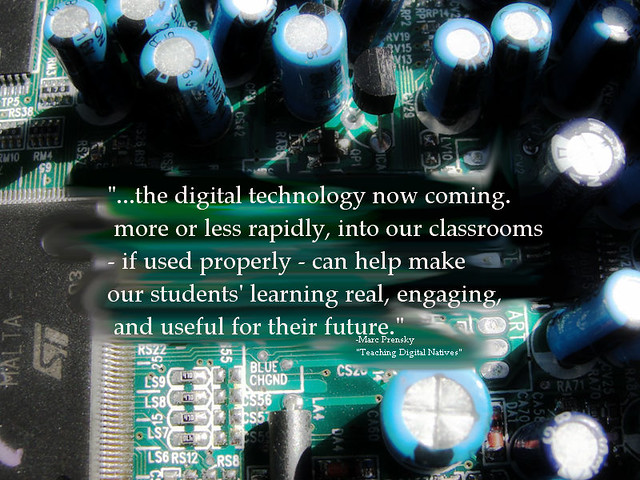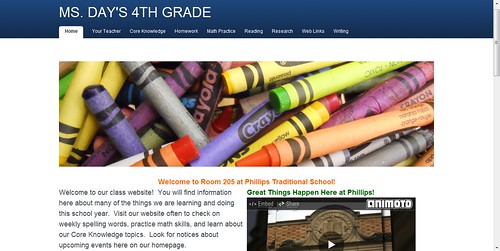Focus Question: How can teachers create PowerPoint
presentations for maximum teaching potential and learning impact?
In order to reach maximum teaching potential and
learning impact, a teacher must strategize the creation and presentation of the
PowerPoint. PowerPoint gives teachers a chance to create interesting
presentations, however keeping the students attention and successfully
explaining information is very important.
-A teacher can generate class discussion by using
images. Direct and detailed images are going to appeal to the students more so
than a paragraph of words.
-A teacher can promote visual analysis for the
discussion topics. The images should create discussion in the classroom.
-Display the questions to short writing prompts in the
presentation. The students can write short essays to summarize the presentation
and tell what he or she thought was most important.
-The PowerPoint slides should be used to capture the
attention of the students. The teacher is the one teaching the class. The
presentation should be used as an aid in conveying the material. Make the
slides interesting and appealing to the students in your classroom. Keep them
simple and to the point. Also, keep them engaged by asking questions and
telling stories.
-Create PowerPoint games with the students to help
them develop problem solving and learning skills.
Digital Dialog 9.2:
1. Using short videos as a teaching tool is great
because short videos could explain a concept in better detail than a teacher
could. The videos are usually more entertaining for students. This could help
them comprehend the information. A disadvantage would be if the videos are not
educational and not useful for educational purposes. Also, if the student is
not interested in the video content, he or she may not benefit from watching
it.
2. If I was using video in my classroom, I would want
the students to watch the full video before asking them to reflect on it in a
written or group discussion. I would not want to stop throughout the video
because I feel as though stopping would interrupt the learning process. When
you pause the video and talk, you are taking their attention off of the video
and what is going on. Continuously stopping could stop comprehension.
3. I think students would pay closer attention and
learn more from videos they have created themselves. The students would take
pride in their creation. They are being forced to learn new information in
order to create the video about it, so they have to retain the information.
When a student simply watches a video, there is a chance that they may not
fully understand what the video is about.
Multimedia is a big part of the curriculum in schools
today. In most classrooms, teachers use multimedia during instruction every
day. I do believe that multimedia is beneficial in our classrooms; however
there are times where they can be a distraction as well. They have to be used
in the correct way in order to be successful in helping students learn new
concepts. Statistics show that people learn more when being taught through more
than one source of information. In this chapter, it is called multimodal
learning. When a teacher combines his/her lecture with the use of visuals and
models, the students have a better chance of retaining the information.
PowerPoint is well-known software program that is used
by many teachers and students throughout the world. PowerPoint is a simple way
to present information, but teachers can spice it up by adding different
affects and graphics. In order to make PowerPoint presentations and effective tool in education, the teacher must make it interactive and engaging. The
teacher must get their point across without overwhelming the students with too
much information.
I am an advocate for the use of video in the
classroom. I believe it helps the students learn information in a different
way. The students get bored with standard instruction, so using videos can be
more interesting and enjoyable for them. The videos should stay at a shorter
length so the students are staying focused.

Educational Postcard, a photo by KenWhytock on Flickr.
Resources:
Maloy, Robert, Verock-O’Loughlin, Ruth-Ellen, Edwards, Sharon A., and Woolf, Beverly Park (2013). Transforming Learning with New Technologies. 2nd Edition. Boston, MA: Pearson Education, Inc.
